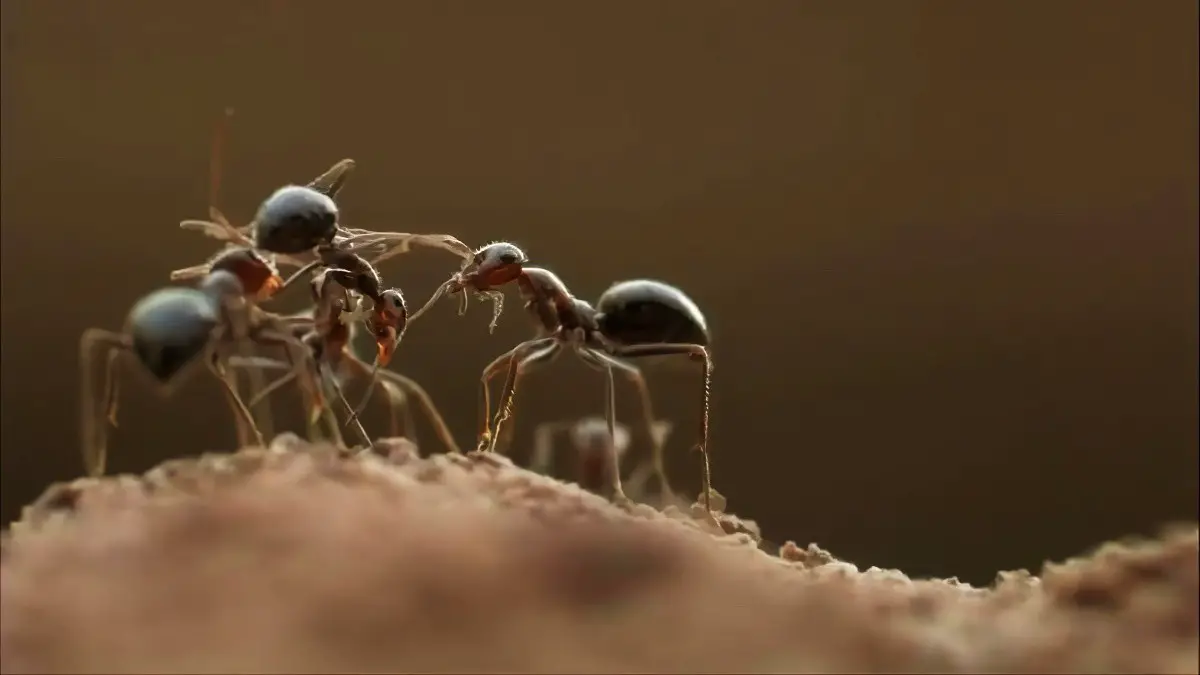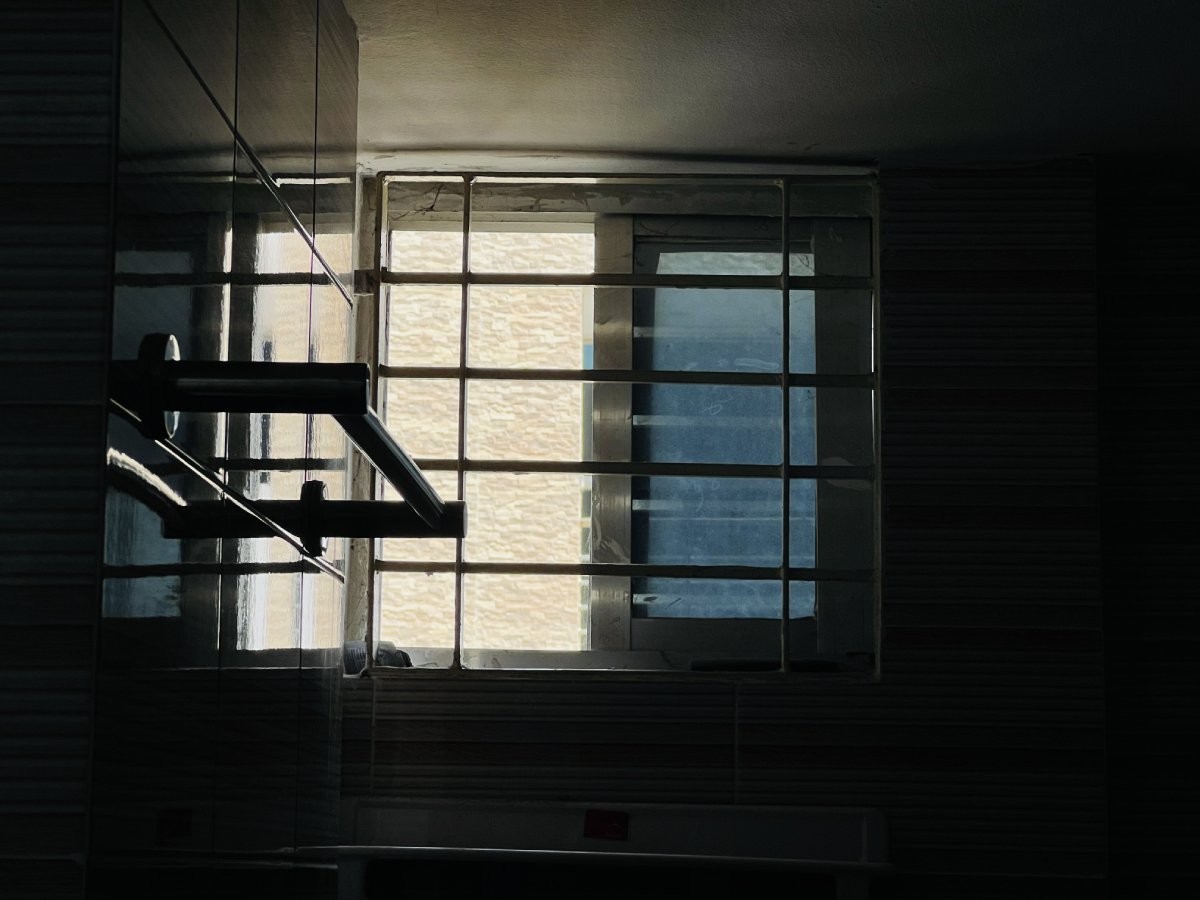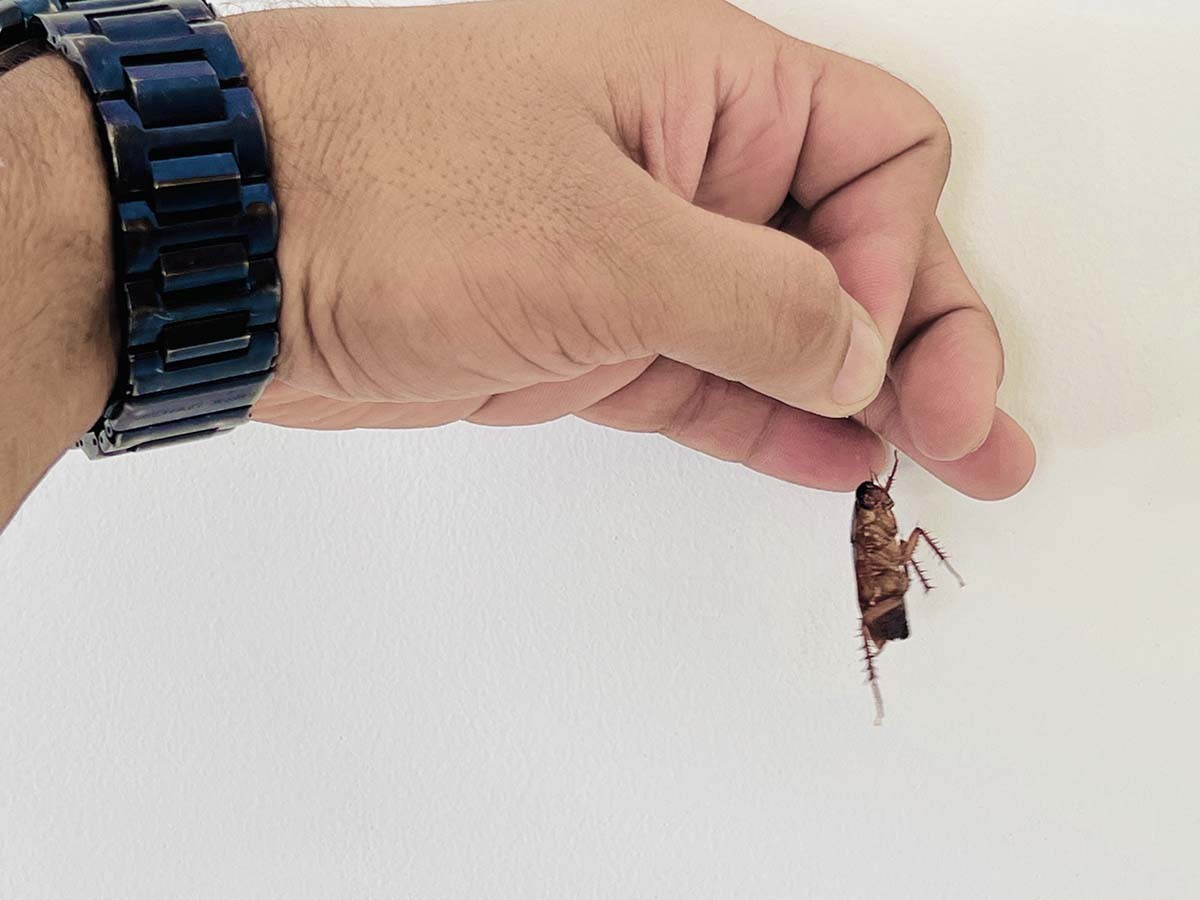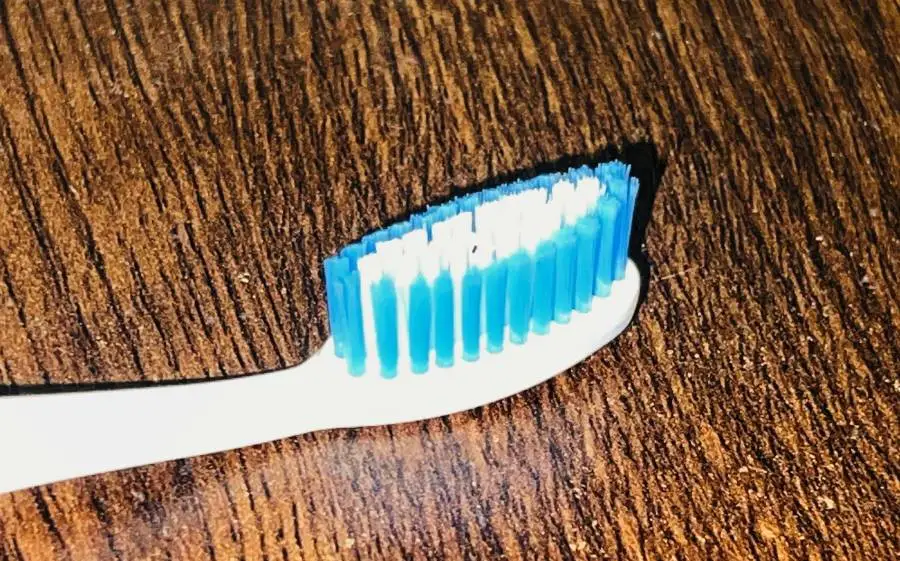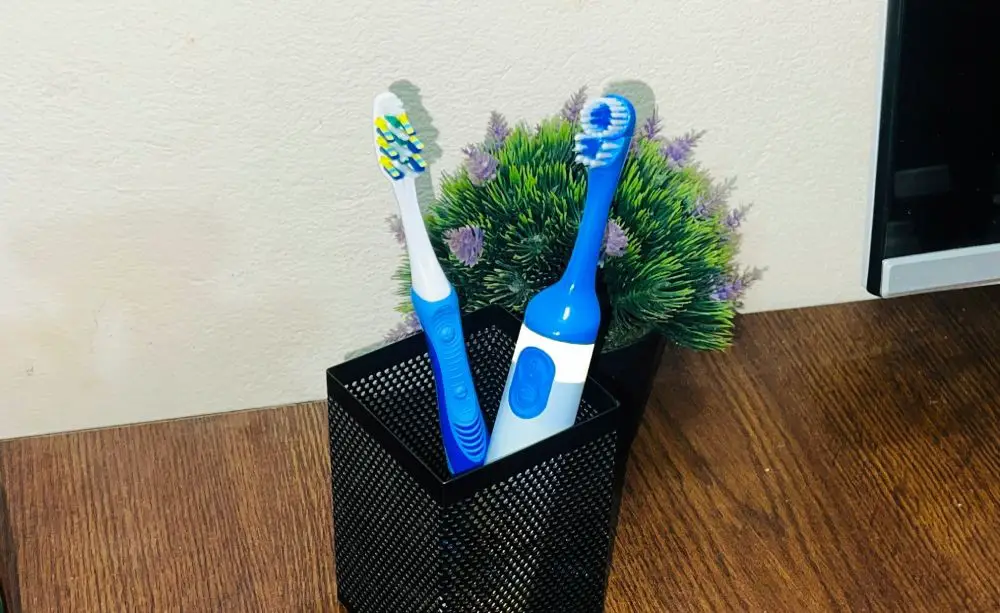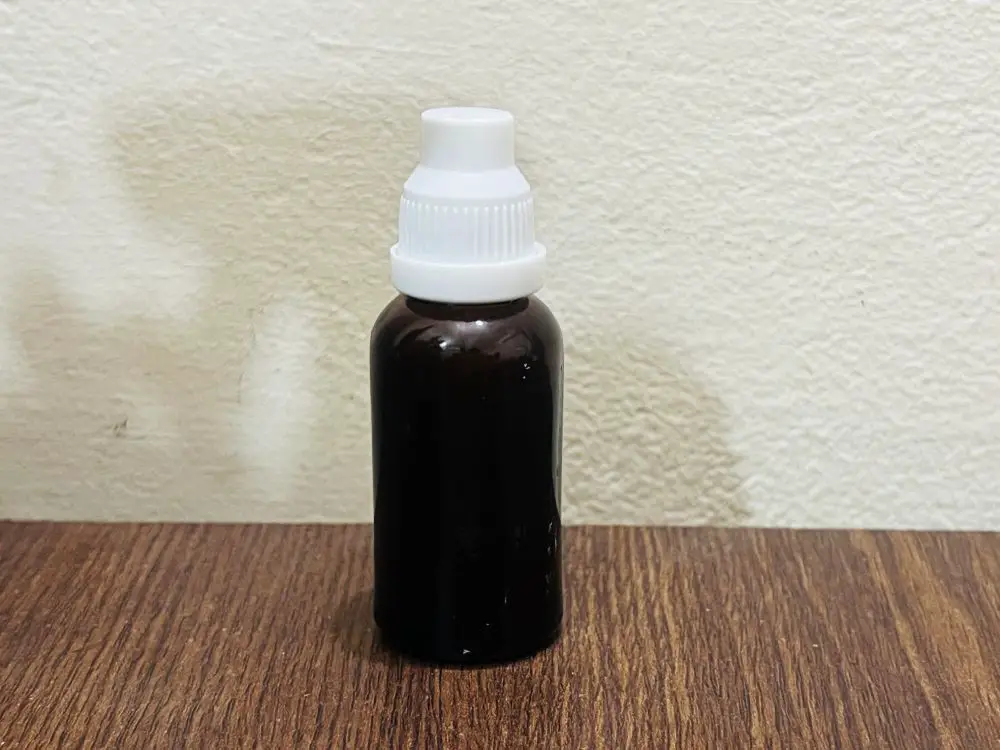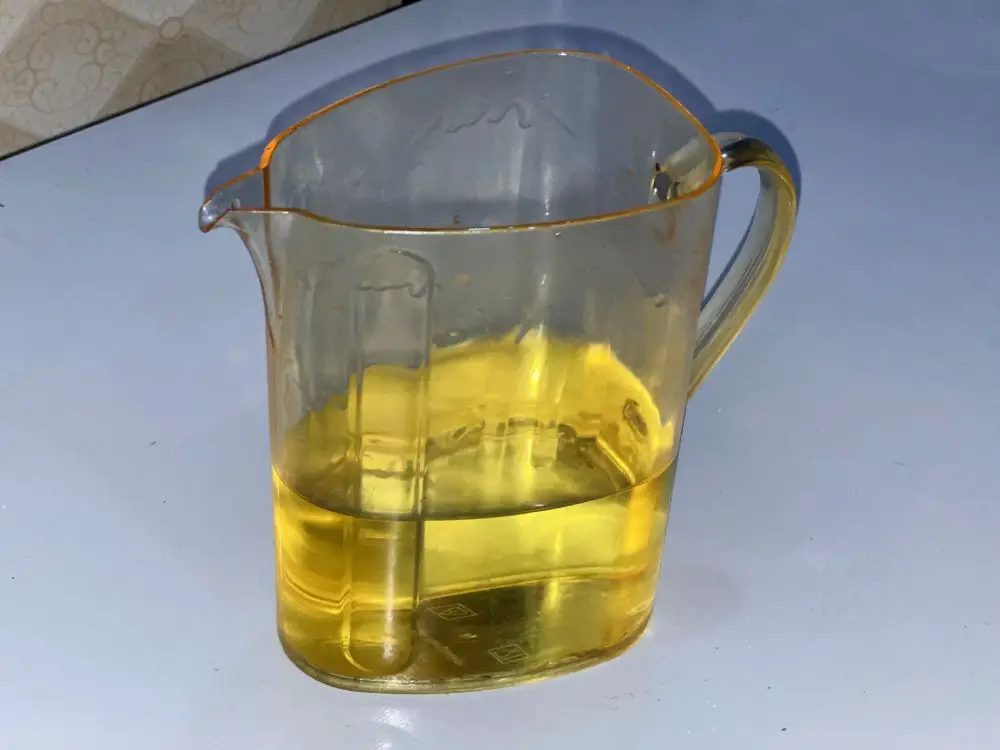We all want to keep our toothbrushes clean and free from bugs. After all, the last thing we want is to put a contaminated toothbrush in our mouths. There’s no denying that bugs can be a nuisance and potentially harmful to our health.
To help you out, I will explore 9 effective methods I have tried to protect my toothbrush from bugs. So, let’s get started!
Why Bugs Are Attracted To Toothbrushes
Bugs like ants and cockroaches are frequently drawn to toothbrushes for several reasons. Knowing the causes will help you protect your toothbrush from these bugs. So, let’s explore these reasons:
Toothpaste Ingredients
After brushing their teeth, many individuals do not thoroughly rinse their toothbrushes. As a consequence, ants are drawn to the toothbrush in the box by the toothpaste on its bristles. They may find their food easier because of the strong scent of the toothpaste chemicals. In addition, the paste’s compounds help satisfy their empty stomachs.
Ingredients like sodium lauryl sulfate, sorbitol, and fluoride, which are commonly found in toothpaste, may attract these pests. So, even though toothpaste is essential for oral health, it can inadvertently invite bugs into your bathroom.
Moisture
To survive in arid environments, these insects require water. Thus, they are always looking for moisture within the home. The moisture is trapped within a wet toothbrush when you cover it.
The presence of moisture may draw a colony of ants to it and provide them with the water droplets they need to survive. So, if you leave your toothbrush wet after use, you might unwittingly create an oasis for bugs in your bathroom.
Sweet Scent
By sniffing toothpaste from a distance, bugs can identify its pleasant scent. These insects can identify even the smallest particles of food and sense strong odors. They may then be attracted to the toothbrush, which has a nice scent since toothpaste is present.
Toothpaste often contains syrupy, sweet compounds like sorbitol that draw them in. So, the next time you catch a bug near your toothbrush, you can blame it on the sweet aroma of your toothpaste.
Remaining Food
Toothbrushes are used to remove food residue from our teeth. However, if you leave these particles in your mouth for a long period, they may cause harm to your teeth. Similarly, when you clean your teeth, these food particles could get stuck to the bristles of your toothbrush. Bugs can sense the existence of food in every nook and cranny of your home.
They follow each other to the precise location of the meal via pheromone signals. Once one bug gains access to the food residue on your toothbrush, several others may follow, creating an unwelcome bug gathering.
Darkness and Warmth
Bugs tend to seek shelter in dark and warm spots, and bathrooms often provide these ideal conditions. Bathrooms are typically devoid of natural light and tend to retain heat, creating a comfortable environment for insects.
These factors make toothbrushes left unattended more likely to attract bugs. So, if you’re wondering why bugs seem to find their way to your toothbrush, remember that they are simply seeking refuge in the darkness and warmth your bathroom offers.
Common Types Of Bugs That Can Infest Toothbrushes
Toothbrushes don’t typically get infested with bugs, especially if they’re kept clean and dry and stored correctly. You already know the reasons behind bug infestation in your toothbrush. But what types of bugs can cause toothbrush infestations? These are:
1. Cockroaches
These pesky insects attract food particles, so a toothbrush with leftover toothpaste could attract them.
Cockroaches can easily crawl into small spaces, so keeping your toothbrush clean and storing it in a hygienic place is essential.
2. Ants
Similarly, ants are attracted to sugar and could be attracted to a toothbrush with residual toothpaste. If you leave your toothbrush uncovered or near an accessible area, ants might find their way to it.
Make sure to rinse your toothbrush thoroughly after use and store it in a closed container to keep ants away.
3. Fruit flies
If your toothbrush is near a food source, such as a kitchen fruit bowl, it could attract fruit flies. These tiny insects are attracted to the sweetness of fruits and can easily find their way to your toothbrush.
To prevent this, store your toothbrush away from any food sources and maintain good hygiene practices.
4. Drain flies
If your toothbrush is stored in the bathroom, it could potentially attract drain flies. These flies are also known as moth flies. Drain flies are usually attracted to humid and damp areas, including bathrooms.
To avoid attracting drain flies to your toothbrush, make sure to keep the bathroom clean and dry and store your toothbrush in a dry place.
5. Silverfish
These silver-colored insects thrive in damp environments and might be found in bathrooms. Surprisingly, silverfish are known to devour the leftover toothpaste from toothbrushes and have even been discovered inside toothpaste containers.
They could potentially be attracted to a wet toothbrush. Keep your toothbrush dry and store it in a clean, dry place to prevent silverfish infestation.
6. Booklice
These tiny insects thrive in damp environments and feed on mold. If your toothbrush is not properly dried and stored, it could potentially provide a suitable environment for booklice.
To prevent booklice from infesting your toothbrush, ensure that it is completely dry before storing it, and clean the storage area regularly to minimize moisture buildup.
Health Risks Associated With Bugs On Toothbrushes
I have always been conscious about my oral hygiene, brushing my teeth twice a day and replacing my toothbrush every three to four months. However, it wasn’t until recently that I discovered a potential health risk that I had been overlooking – bugs on toothbrushes.
Yes, you read that right. Bugs can actually find their way onto our toothbrushes, and the consequences can be quite alarming. The common consequences are:
Pathogenic Bacteria
A toothbrush that has been in contact with insects may contain dangerous microorganisms, including E. coli, staphylococcus, and streptococcus. These bacteria may cause various diseases, such as gastroenteritis or strep throat.
Just the thought of brushing my teeth with a toothbrush harboring such harmful bacteria sends shivers down my spine.
Viral Infections
Another health risk associated with bugs on toothbrushes is the potential transmission of viral infections. You could be in danger if a bug carrying a viral illness gets on your toothbrush.
Insects like flies may contain parasites that, while less probable, might be hazardous if consumed. For instance, certain fly species may transport parasitic worm eggs. You do not want to risk this when it comes to oral health.
Allergic Reactions
If you have an insect allergy and those bugs have come in contact with your toothbrush, it could trigger an allergic response. This can range from mild symptoms like itching and redness to more severe reactions such as difficulty breathing or anaphylaxis.
As someone who suffers from allergies, I can’t imagine the discomfort and potential danger this could pose.
Cross-contamination
One more reason to be wary of bugs on toothbrushes is the possibility of cross-contamination. If a bug touches anything dangerous, like garbage, before landing on your toothbrush, it may spread dangerous germs. This can lead to infections or illnesses that you definitely want to avoid.
8 Ways How I Protect My Toothbrushes From Bugs
You already know that keeping your toothbrush clean and free from bugs is crucial. Bugs can carry harmful bacteria and compromise the cleanliness of your toothbrush.
So it’s important to take proactive steps to protect it. Now, I will share 9 effective ways I protect my toothbrushes from bugs:
1. Toothbrush Covers
One simple way to protect your toothbrush from bugs is by using toothbrush covers. These covers shield your toothbrush from airborne bacteria, dust, and bugs and allow it to dry properly.
Choosing covers with ventilation holes to prevent moisture buildup is important, as damp environments can promote bacterial growth.
2. Closed Containers
Storing your toothbrush in a closed container can also provide protection against bugs. However, it’s crucial to ensure that your toothbrush is completely dry before storing it, as moisture can lead to the growth of bacteria.
To facilitate drying, I recommend giving your toothbrush a sunbath. Placing it on a sunny windowsill allows it to dry completely while benefiting from the sun’s natural disinfectant properties.
This tactic is effective and cost-free, saving you from investing in pricey “brush sanitizers” that may not deliver the same level of cleanliness.
3. Toothbrush Sanitizer
Another option to consider is investing in a toothbrush sanitizer. These devices utilize UV light to kill any bacteria or small bugs that may be present on the bristles.
This additional layer of protection ensures that your toothbrush remains clean and free from harmful microorganisms.
4. Rinse and Dry
Properly rinsing your toothbrush after each use is essential for removing any remaining toothpaste or debris. Once rinsed, allow your toothbrush to air dry before storing it. It’s important to ensure that your toothbrush completely dries off between uses.
I recommend having multiple toothbrushes and switching them out throughout the week to achieve this. By following this practice, each brush has enough time to dry out completely before being used again.
Since bugs thrive in damp environments, allowing your toothbrush to dry completely helps prevent them from finding a home on your brush.
5. Keep Away from the toilet
It’s advisable to keep your toothbrush as far away from the toilet as possible. This precautionary measure minimizes the risk of contamination from toilet aerosols, which can carry bacteria and bugs.
Place your toothbrush in a separate area, preferably inside a closed container or toothbrush holder, away from potential sources of contamination.
6. Clean the Toothbrush Holder
Regularly cleaning your toothbrush holder or cup is crucial for maintaining a bug-free environment for your toothbrush. These holders can harbor bacteria and bugs if not cleaned frequently.
Make it a habit to clean your toothbrush holder with soap and water or a disinfectant regularly to eliminate any potential sources of contamination.
7. Hydrogen Peroxide Soak
If you only have one toothbrush and lack a bright windowsill, there is still a solution to keep bugs at bay. You can soak the brush head (bristles down) overnight in a small glass of hydrogen peroxide (3% concentration).
Hydrogen peroxide creates an oxygenated environment that deprives low-oxygen environment-loving bugs of a crucial need for survival. When you’re ready to use your toothbrush, simply take it out of the peroxide, give it a quick rinse with water, and you’re good to go.
8. Vinegar Soak
Another natural disinfectant you can use is vinegar. Soaking your toothbrush in vinegar for about 30 minutes once a week can help kill bacteria and bugs.
Vinegar’s acidity creates an unfavorable environment for microorganisms, ensuring that your toothbrush remains clean and bug-free.
9. Store in a Safe Place
Lastly, store your toothbrush in a clean, dry, and safe place. Bugs are attracted to damp and dirty environments, so maintaining cleanliness is important.
Choose a specific spot for your toothbrush, away from potential contamination sources, and ensure you store it in a way that allows proper air circulation to facilitate drying.
FAQs
Now that you know how you can protect your toothbrush from bugs, let us take a look at some questions that will help you regarding the matter:
What Is The Best Method For Keeping A Toothbrush Clean?
Keeping your toothbrush in a closed or airtight container is not a good idea, as it can create a damp environment that promotes the growth of germs. Storing your toothbrush upright in a cup or other open container is best to ensure proper drying. Avoid storing it in a drawer or cupboard as well.
Can I Use A Plastic Bag To Store My Toothbrush?
While traveling, avoiding using a plastic Ziploc bag to store your toothbrush is advisable. It is important to provide some ventilation, especially if the toothbrush is still moist. Storing it in a heated and confined space can give bacteria a better chance to grow as it takes longer to dry.
Should I Disinfect My Toothbrush?
Your toothbrush can harbor bacteria from your mouth; if not properly cleaned, these germs can multiply. Using a dirty toothbrush without proper disinfection can compromise its effectiveness in cleaning your mouth.
Can boiling a toothbrush disinfect it?
Boiling water can effectively kill germs that may accumulate over time. Still, it can be a bit harsh on the plastic of your toothbrush. To eliminate the majority of germs, you can bring a small saucepan of water to a rolling boil and immerse the head of your toothbrush in it for at least three minutes.
Conclusion
Maintaining good oral hygiene is essential, and brushing our teeth is crucial in achieving this. However, the very tool we rely on – our toothbrush – can sometimes pose a risk. To keep our toothbrushes clean and bug-free, it’s important to understand why these attract bugs and take proactive steps to prevent contamination.
Simply rinsing our toothbrushes under the tap is not enough – maintaining toothbrush hygiene requires more effort. By following the tips mentioned above, you can ensure that your toothbrush remains clean and safe.


